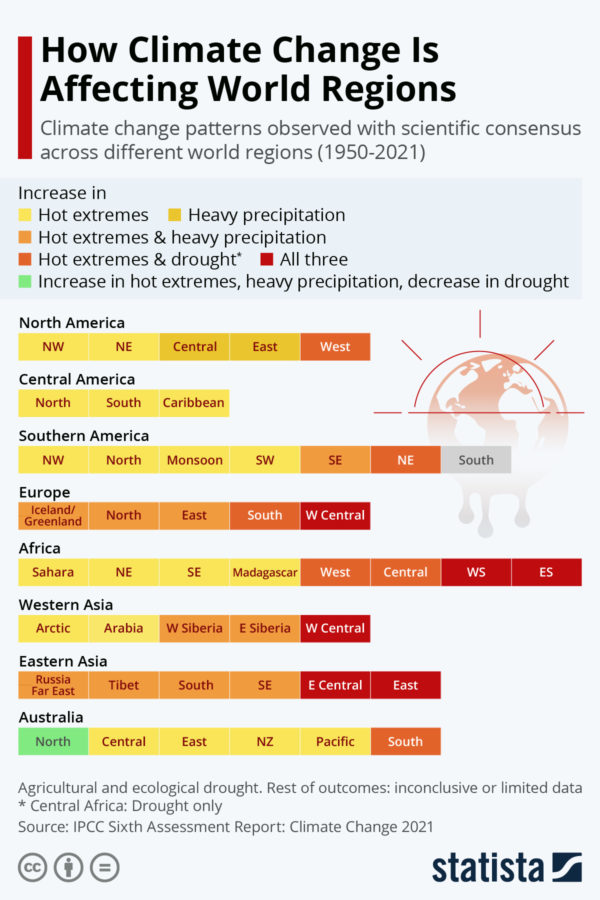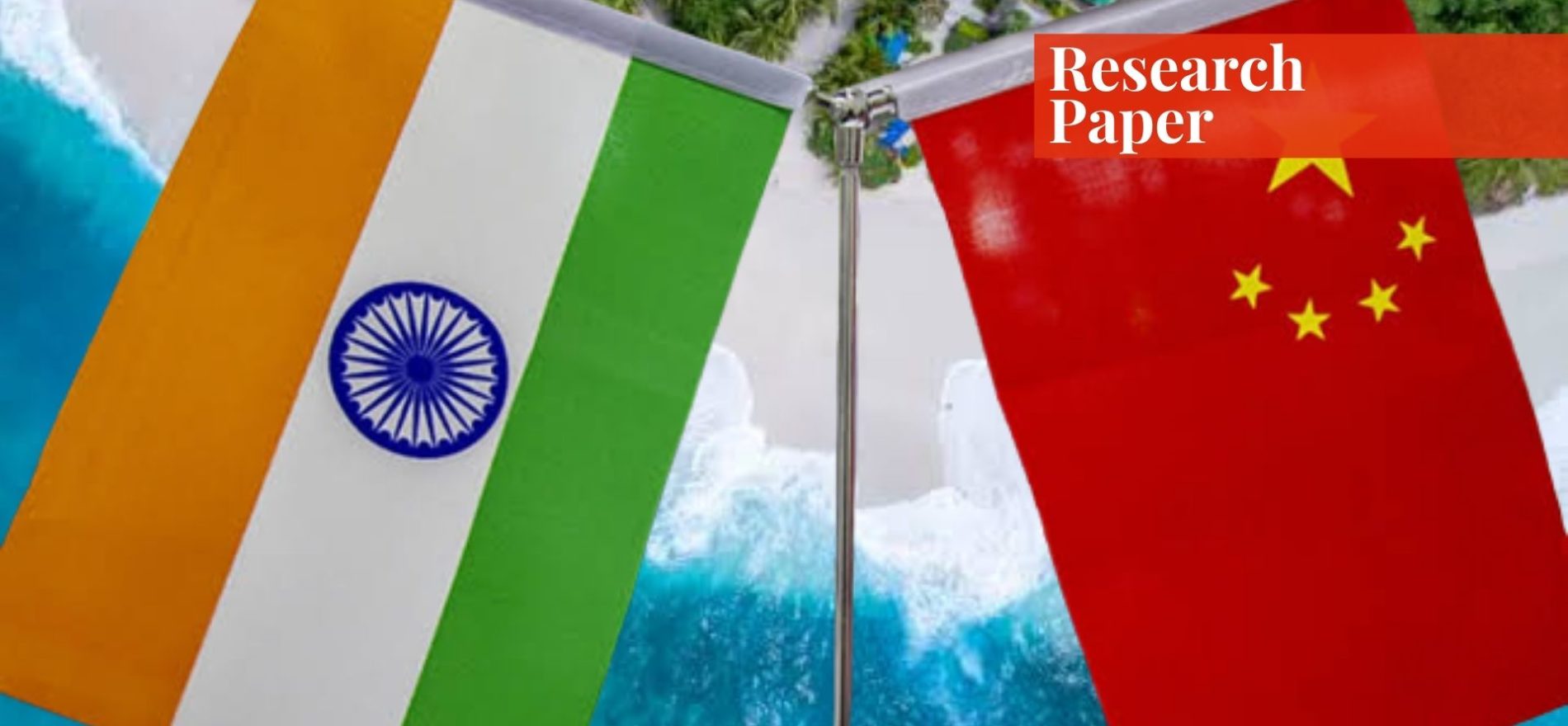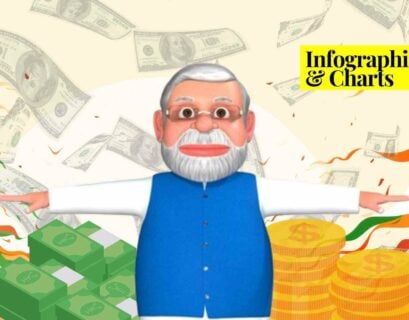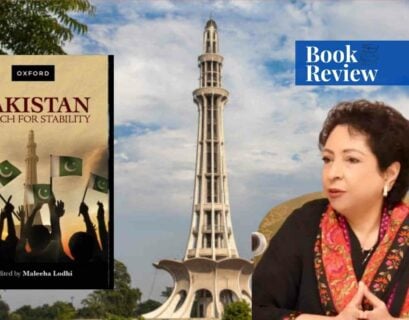Zahra Michelle Khan is a recent graduate of Bachelors in Social Sciences, majoring in international relations, from Bahria University, Islamabad. She won the 2nd National Policy Making Competition by YPDC UOL last year in the public policy domain.
Abstract
Small island states that are strategically located, especially along the lines of communication of energy resources, often find themselves in a competition between great powers. The Maldives is no exception to this as it has seen the China-India competition to exert influence over the state.
In the recent decade, the Maldives has become an integral part of China’s Maritime Silk Road which threatens the Indian hegemony and interest in the South Asian region. This research aims to uncover the diplomatic relations of the Maldives with both states till now, understand the implications for the states as well as for regional security, and find areas of possible cooperation between China and India.
Keywords: Maldives, India, China, Regional Security, Competition, Cooperation, South Asia, China-India Rivalry
Introduction
The Maldives is a small island state and an archipelago consisting of 26 atolls, that spreads around 800 kilometers vertically and 130 kilometers horizontally. The 26 atolls encompass a total of 800 islands, out of which, Malé is the capital of the state. The state formally gained independence in 1965 from the British Crown after ceasing to be its protectorate.
The Maldives is an integral member of the South Asian Association for Regional Cooperation (SAARC) and a very strategically valuable state for South Asia, as a region with special emphasis on the Indian Ocean. Historically, the small island state enjoyed relations with many neighboring and international states, and since the Cold War, it has been strategically valuable.
It had an important military base of the British, known as the “Gan” base, which both the US and USSR had wanted to use various times but were denied access to. Similarly, the positioning of the small island state is optimal with the Strait of Malacca, the Strait of Hormuz, and the Gulf of Aden; it lies amidst strategic oil transportation and trade routes. The area has been of geostrategic importance to the great powers of South Asia such as India, the regional hegemon, and China, the regional influencer.1
In the last decade, China made the Maldives an integral part of its strategy in the Indo-Pacific region and has tried, time and again, to diplomatically and via aid extend its influence on the small island state.2 Historically, India had enjoyed better relations with the Maldives but its coercive role in South Asia and aversion to making SAARC work had made it somewhat unpopular.
China’s foreign policy saw the Maldives as a key part of consolidating its interests in the South Asian region, with hopes of promoting regional peace and stability and adding to the credibility of China’s “peaceful rise” to prominence.3 However, the growing Chinese influence seems to spell alarm for the region’s security as it not only raises Indian apprehensions but also receives a significant amount of US attention as well.
Neither the US nor India want China to have increased influence over the Indo-Pacific region and extend its “String of Pearls” strategy. This research aims at understanding the relations of the Maldives with both India and China in the recent past and highlights areas of the China-India competition. Towards the end, it explores the regional implications of the China-India competition in the South Asian region and the possibility of “Chindia” cooperation in the Maldives.
China-Maldives Relations
The China-Maldives relations began late because primarily the state held no immediate importance for the Chinese in its independence in 1965. The China-Maldives relations started in October 1972, and slowly deepened in recent times due to China’s growing assertion for international power.
The relations took a turn to prominence only in the last decade when in 2013, China had increased its aid to the Maldives to 15.4 million USD and established direct flights between the two states, and offered various scholarships for higher education to its citizens. The first Chinese embassy in the Maldives was opened in 2014 and China announced that the relations between the two states would become an example of how large and small states should ideally interact.
There are various trade agreements and economic ties between the two states, marked primarily by 2015 when a Free Trade Agreement was established between the two and China claimed that the best benefits of this would be to the common fishermen in the Maldives.4 The two states also began military aid agreements and joint training, where China had expressed its desire to build a military base in the state but agreed against it in order to not threaten India and the US which were also security partners with the Maldives.
The most significant and impactful areas of the China-Maldives relations were the climate change and tourism fronts. Both fronts were integral to the Maldivian foreign policy and diplomatic relations. The Climate Change Policy Framework in the Maldives states that the country would aim to establish better diplomatic and trade relations with states that not only respect the Maldivian cause for climate change advocacy but also help the state better its survival rates against the climatic threat.

China provided the state not only with economic aid but also with increased technological help to better their infrastructure and economy against the threat of the climate. This was further consolidated when China helped build the “City of Hope,” the Maldives’ first man-made city to symbolize the resilience and perseverance of the state against climatic change.
On the other hand, tourism accounts for nearly 70% of the Maldivian economy; China established better relations with the state by helping develop its tourism industry. China not only created the China-Maldives friendship bridge to link the Maldivian islands but also a sizeable portion of tourists to the Maldives are from China.5
China also helped develop the capital cities and the tourist attraction islands in the Maldives to help generate more revenue. In the wake of COVID-19 when the Maldivian economy was struggling to make money due to the lack of tourism, China came to the aid of the state. The Maldives is very important for China’s Maritime Silk Road and for the last decade, China has tried to consolidate its interests in the state through a multi-faceted diplomatic approach.
India-Maldives Relations
Maldives and India enjoyed historical relations that date back to pre-colonial times, and in 1965 when the Maldives became independent from the British Protectorate, India was one of the first countries to establish diplomatic ties with it. Historically, Maldives had an “India first” foreign policy, where it considered the regional hegemon’s approval before making certain decisions.
An example of this can be the refusal to let the US use the Gan base as it would have thrown off the regional security of South Asia. India also helped the Maldives handle a coup against the then-president Maumoon Gayoom in 1988. The warm relations that had been maintained over the decades came to an end in the last 5 years and then resurfaced again.
With President Yameen illegally terminating the 500 million USD contact with India, tensions between the countries increased. They further sunk when India refused entry to a member of the Maldivian parliament on the grounds of a health check-up and the Maldives began to deny Indians work in their state, proudly advertising “Indians need not apply.”6
Yet India understood the importance of the Maldives for the regional security of South Asia and the Indo-Pacific region. The political instability in the Maldives has, to quite an extent, influenced the relationship between the two states as well. However, since 2019 and especially in 2020, the relations between the two states had significantly improved.
In August 2020, India offered 500 million USD in aid to the Maldives once again and proposed a connectivity project. They aimed to link two neighboring islands to the capital island of Malé via an overseas road, in hopes of better connectivity and improving development and infrastructure in the neighboring islands.7 The investment in the connectivity projects proposed by India is much larger than the Chinese ones.
India has also worked with the new government to mitigate political instability in the Maldives as well as to check in on the terrorism problem in the state. Better relations with India were to open a better and more stable South Asia, where the Maldives expects India to play a more benevolent role in SAARC.
Similarly, the COVID-19 crisis saw India extending aid, health facilities, and other important requirements to the Maldives which bettered its ability to tackle the virus. India too has begun to invest in environmental development in the Maldives to win over its favor and has adopted a policy of “neighbors first” in the case of the Maldives.8 In the past year alone, various researchers have seen a shift in the Maldivian foreign policy, inclining towards an “India first” notion once again, and bilateral ties between the two states have improved significantly.9
Development and Implications for Regional Security
The relations of the Maldives with both China and India have a very prominent influence on regional security and stability.10 The dynamics of engagement with the two states are of course on different terms. With India, the Maldives is dealing with the regional hegemon and a direct neighbor in South Asia, one that it has historic ties with for most of its political history.
On the other hand, with China, the Maldives deals with the region influencer that is an external power looking to rise to importance. China seeks the Maldives to consolidate its efforts of the Maritime Silk Road and the String of Pearls strategy. Both states have different fronts on which they engage the Maldives, with China caring little for quality or government and political unrest in the state and India looking towards stabilizing a neighbor and saving it from exploitation at the hands of China.
The China-India competition increases regional tensions especially when it has been backed by the US, as seen in recent years. China had successfully managed to influence the South Asian and neighboring states such as Pakistan, Sri Lanka, Maldives, Bhutan, and those in South East Asia by what is often titled the “dragon’s charm” diplomacy.11
China is successfully making itself more popular in the Indian and Pacific oceans which spells trouble for not only India but the US as well. China has been trying to incorporate the littoral states in the Indian Ocean and India’s neighbors through the Belt and Road Initiative as well as its String of Pearls strategy. This has led to India becoming more unpopular in South Asia, especially with its aggressive proactive policy towards the region, which has been noted in the recent few years.
India has noticed China’s growing influence in the region and effectively tried to counter it. This had been helped by the US as well as both established new military agreements with the Maldives and the state backtracked on its Free Trade Agreement with China. India puts forward a front of a concerned neighbor for the Maldives where it fears that the state will fall prey to the “Chinese debt trap” as Sri Lanka did with one of its ports.12
In 2018, India gave the Maldives around 1.4 billion USD to repay Chinese loans because around 45% of the Maldivian budget goes into repaying these loans. India could not afford something like what happened to Sri Lanka to happen in the Maldives, for the state is located far too strategically for that to happen. Hence the China-India rivalry has caused the two states to try to counter each other’s influences, whilst the Maldives continues to get increased aid from both for better development and infrastructure.
Possibilities for “Chindia” in the Region
Despite the China-India competition for exerting greater influence in the Maldives, theorists often ponder upon the ability for cooperation between the two in the region. China-India cooperation is possible on the following fronts:
- The two states could come to terms with the fact that competition will drive away the fear of hegemony from the small states. India could help the Maldives better its economy through training of human resources, better technology, etc. while China can offer aid to help improve the infrastructure of these states. This will help promote growth in the region whilst the Maldives gets to enjoy equally favorable ties with both states.
- Both states are interested in economic and energy security as well as the protection of the Sea Lanes of Communication of oil. Developing the economy of the Maldives will be beneficial to both India and China as it would not only open new markets for the two states but also help make the transportation of energy resources effective and safe in the region, increasing the economic integration of the region.
- Climate change is a cause of concern for both India and China. However, for the Maldives, it is a matter of survivability. Both the states are part of international climate agreements and have many negotiations with the Maldives to improve regional climate and make it safer for those who live in it. China and India have great potential for using science and technology alongside research and development to help the Maldives at the regional and international levels, while improving their own climate change situations.
- Terrorism is one of the main problems of the globalized world in the 21st century and India and China are not new to facing this threat. The growing threat of Islamic extremism in the Maldives is not only a cause of concern for the stability and peace of South Asia but also for the trade and tourism of the Maldives itself. If the state is plunged into instability the aid and efforts of China and India to develop it for their own interests, will go to waste. Hence, China-India cooperation can help to mitigate the threat of terrorism in the region.
Conclusion
The growing China-India competition in the Maldives is a cause of concern for regional stability in South Asia and the Indo-Pacific. Although both states have justifiable goals in the Maldives and solids reasons for the discontent towards one another, the China-India competition is not good for the economy of the region nor for that of the littoral states in the Indian Ocean.
This also shows that the small island state of the Maldives has the potential to influence the regional dynamics of South Asia. The development of the China-India relations helps one to understand the political relationships of large states with smaller ones, especially ones that are strategically located.
This paper examined the opportunities for a China-India cooperation in the Maldives that would improve the regional economy and security in South Asia. A cooperative approach could help both states achieve not only their own goals but also bring the region to prosperity as well, which will indefinitely serve them well in the long run.
Endnotes
- Robert Atwell, “Tug-of-War: The Maldives and Sino-Indian Competition in the Indian Ocean Region,” Centre for Chinese Studies, 2019.
- David Brewster, “Between Giants: The Sino-Indian Cold War in the Indian Ocean,” Asie.Visions, no. 103 (2018).
- Surendra Kumar, “China’s Footprints in Maldives: Concern for India?” Artha Journal of Social Science 15, no. 4 (2016): pp. 15-29.
- Nayanima Basu et al., “Relationship with India ‘Outstanding’, China Is ‘Generous’: Maldives FM Abdulla Shahid,” The Print, January 18, 2020, .
- Nectar Gan, “A Tale of Two Bridges: India and China Vying for Influence in the Maldives,” CNN, November 26, 2020, https://edition.cnn.com/2020/11/24/asia/maldives-india-china-bridges-intl-hnk/index.html.
- PTI, “’India Taking up with Maldives Issue of Denial of Work Visas’,” The Economic Times, July 4, 2018, https://economictimes.indiatimes.com/news/politics-and-nation/india-taking-up-with-maldives-issue-of-denial-of-work-visas/articleshow/64860221.cms.
- DW, “India Seeks to Counter China Influence in Maldives with Bridge Project,” 2020, https://www.dw.com/en/india-seeks-to-counter-china-influence-in-maldives-with-bridge-project/a-54555981.
- Balachandar Palanisamay, “While India Makes Inroads in Maldives, China Stays,” Regional Affairs, accessed January 19, 2021.
- Al Jazeera, “India Funds $500m Maldives Project to Counter China’s Influence,” August 14, 2020, https://www.aljazeera.com/news/2020/8/14/india-funds-500m-maldives-project-to-counter-chinas-influence.
- Athaullah A. Rasheed, “Can the Maldives Steer Regional Power Politics?,” E-International Relations, January 30, 2019, https://www.e-ir.info/2019/01/30/can-maldives-steer-regional-power-politics/.
- Muhammad Abbas Hassan, “Growing China-India Competition in the Indian Ocean: Implications for Pakistan,” Strategic Studies 39, no. 1 (2019): pp. 77-89.
- Derek McDougall and Pradeep Taneja, “Sino-Indian Competition in the Indian Ocean Island Countries: the Scope for Small State Agency,” Journal of the Indian Ocean Region 16, no. 2 (2020): pp. 124-145.
Bibliography
- Al Jazeera. “India Funds $500m Maldives Project to Counter China’s Influence.” August 14, 2020. https://www.aljazeera.com/news/2020/8/14/india-funds-500m-maldives-project-to-counter-chinas-influence.
- Atwell, Robert. “Tug-of-War: The Maldives and Sino-Indian Competition in the Indian Ocean Region.” Centre for Chinese Studies. 2019.
- Basu, Nayanima, Nitin Pai, Samyak Pandey, and Nayanima Basu. “Relationship with India ‘Outstanding’, China Is ‘Generous’: Maldives FM Abdulla Shahid.” The Print, January 18, 2020. .
- Brewster, David. “Between Giants: The Sino-Indian Cold War in the Indian Ocean.” Asie.Visions, no. 103 (2018).
- DW. “India Seeks to Counter China Influence in Maldives with Bridge Project: DW: 13.08.2020.” August 13, 2020. https://www.dw.com/en/india-seeks-to-counter-china-influence-in-maldives-with-bridge-project/a-54555981.
- Gan, Nectar. “A Tale of Two Bridges: India and China Vying for Influence in the Maldives.” CNN. November 26, 2020. https://edition.cnn.com/2020/11/24/asia/maldives-india-china-bridges-intl-hnk/index.html.
- Hassan, Muhammad Abbas. “Growing China-India Competition in the Indian Ocean: Implications for Pakistan.” Strategic Studies 39, no. 1 (2019): 77–89.
- Kumar, Surendra. “China’s Footprints in Maldives: Concern for India?” Artha Journal of Social Science 15, no. 4 (2016): 15–29.
- McDougall , Derek, and Pradeep Taneja. “Sino-Indian Competition in the Indian Ocean Island Countries: the Scope for Small State Agency.” Journal of the Indian Ocean Region 16, no. 2 (2020): 124–45.
- Palanisamay, Balachandar. “While India Makes Inroads in Maldives, China Stays.” Regional Affairs. Accessed January 19, 2021.
- PTI. “’India Taking up with Maldives Issue of Denial of Work Visas’.” The Economic Times. Economic Times, July 4, 2018. https://economictimes.indiatimes.com/news/politics-and-nation/india-taking-up-with-maldives-issue-of-denial-of-work-visas/articleshow/64860221.cms.
- Rasheed, Athaullah A. “Can the Maldives Steer Regional Power Politics?” E-International Relations, January 30, 2019. https://www.e-ir.info/2019/01/30/can-maldives-steer-regional-power-politics/.
If you want to submit your articles, research papers, and book reviews, please check the Submissions page.
The views and opinions expressed in this article/paper are the author’s own and do not necessarily reflect the editorial position of Paradigm Shift.



















